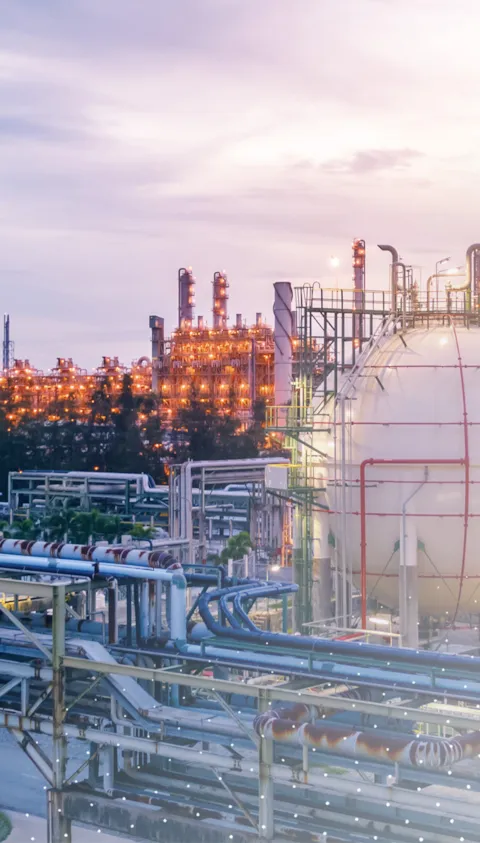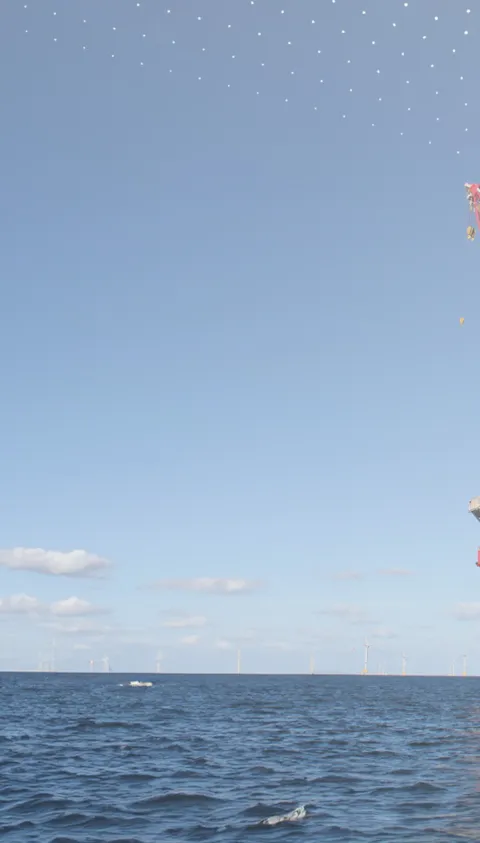
Optimizing asset performance

Optimizing asset performance

Optimizing asset performance

Energy




RAM analysis is a quantitative modelling technique used to predict the performance of an asset. The purpose of a RAM analysis is to provide guidance and information required to support decisions related to the design and operation of an asset throughout its life. The primary goals of RAM are to enhance system availability, increase overall profit and optimize the total lifecycle cost — which includes lost production cost, maintenance cost, operating cost, etc. With improved understanding of how different systems and factors impact availability, our RAM tools Maros and Taro help you to identify potential reliability and design issues at the early stage. Addressing these concerns early not only streamlines the development process but also saves you from costly modifications and changes down the line.
Throughout an asset’s lifecycle, from design into operation, there are continual challenges to justify expenditure and ensure any CAPEX or OPEX investment is optimized. Although there is often a need to reduce costs, the minimum cost solution may not necessarily be the best option overall. Maros and Taro can be used to quantify the impact any potential cost saving measure might have on production revenue (i.e. by affecting availability) for a range of energy sectors, including oil & gas, chemical, petrochemical, energy transition and more.
The RAM analysis software is also applicable for a range of assets, including refineries, pipelines, LNG terminals, offshore installations, renewables, transportation, and storage.
Maros is a performance forecasting software using the Monte Carlo simulation method.
Maros is great for:
Taro is a powerful RAM simulation tool that incorporates the Monte Carlo simulation method for modelling complex flow and process networks.
Taro is great for:
| Maros | Taro |
|---|---|
MarosAdvanced RAM modelling tool for energy sector |
TaroAdvanced RAM modelling tool suitable for complex flow and process network |
| Maros | Taro |
|---|---|
MarosConvergent flow network typically found in upstream separation processes |
TaroFlexible flow network handling convergent and divergent routes |
MarosIdentify and rank contributors to production losses for a specific criticality node |
TaroSet up complex block flow diagrams with process yields, multiple production routes, recycling and re-routing |
MarosDesign optimization (storage tanks, main processes, subsea assets, distribution systems etc.) |
TaroBuild a business plan with sales strategy based on accurately simulated performance figures |
MarosDecision-making on actual availability and financial figures of energy assets |
TaroOptimize configuration with applied process design for chemical and petrochemical plants |
MarosAssess maintenance strategies |
TaroAssess maintenance strategies |
MarosSet up complex logics using powerful Boolean logic |
TaroSet up complex logics using powerful Boolean logic |
MarosFull supply chain modelling (e.g. from plant to end user with intermediate storage tanks and logistics) |
TaroFull supply chain modelling (e.g. from plant to end user with intermediate storage tanks and logistics) |
MarosUnderstand the financial impact and the return on investment (ROI) of each option |
TaroEvaluate operational flexibility of refineries and petrochemical plants |
MarosAssess environmental impact, i.e. flaring and dumping |
TaroUnderstand the financial impact and the return on investment (ROI) of each option |
| Maros | Taro |
|---|---|
MarosSensitivity Manager |
TaroSensitivity Manager |
| Maros | Taro |
|---|---|
Maros |
Taro |
DNV has a global network of experienced consultants specializing in reliability, availability, maintainability (RAM) analysis, providing thorough analysis and expert guidance tailored to your specific needs.